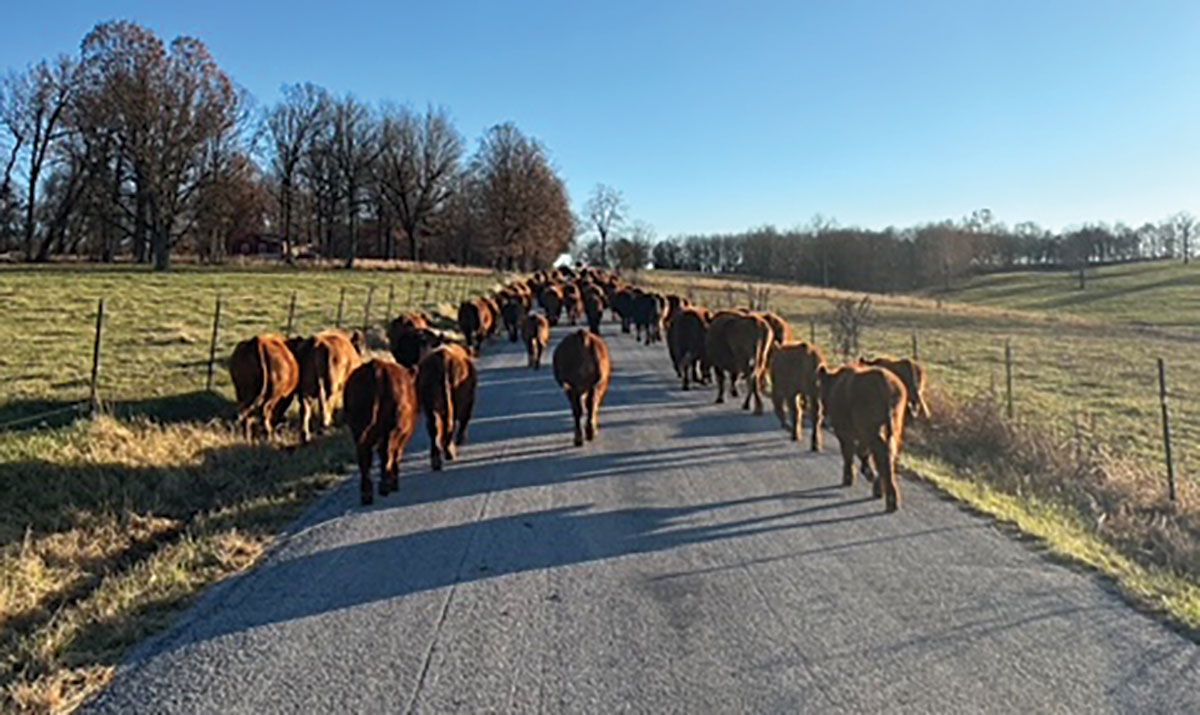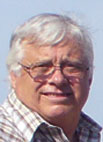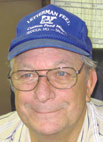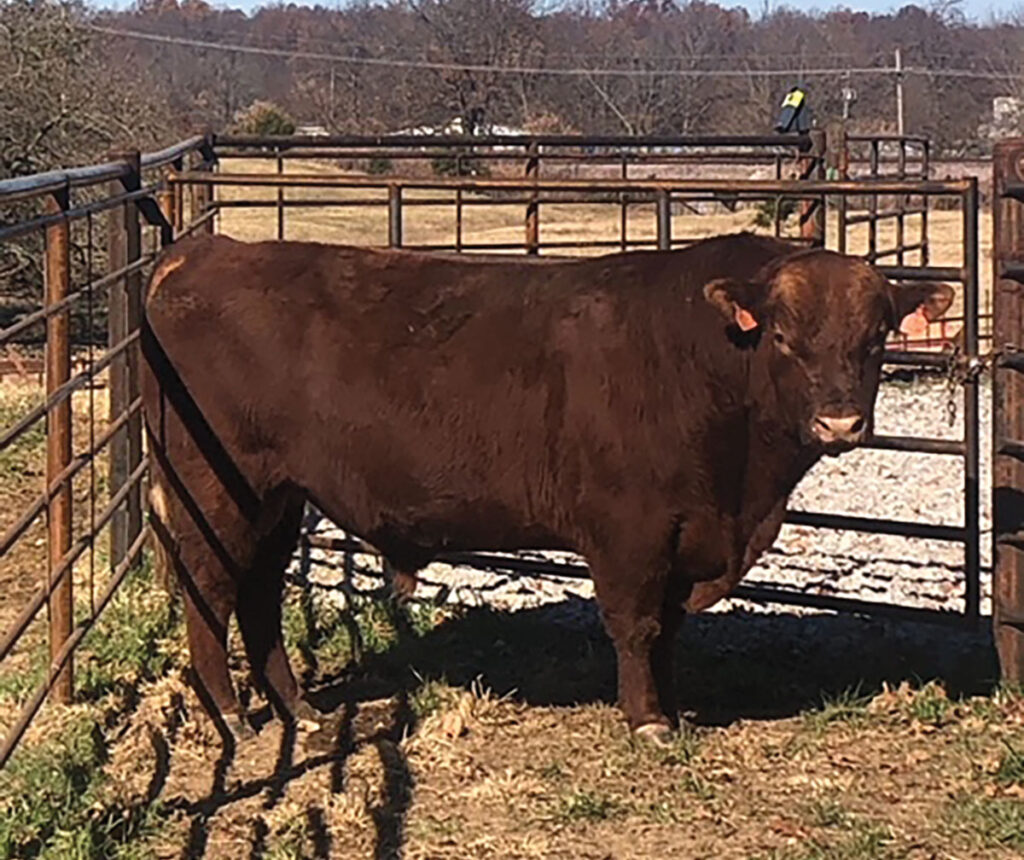
Broken S Land and Cattle is developing quality red SimAngus genetics
AURORA, MO. – Three cattlemen with different ideas and backgrounds have developed a partnership that continues to grow and diversify Broken S Land and Cattle.
Based in Aurora, Mo., Jody Sparks started the Broken S in 2012 as a backgrounding operation. In 2015, Jody rented land from Michael Singer, and the men partnered to buy a few cows. Jody and Michael continued to grow their herd and added a new partner, Chad Kellam, in 2020.
“Jody and Michael had their eyes on the commercial market,” Chad said. “They were looking at Red Angus and a few black Angus. They began building as they could find ground to rent, and Michael started buying more ground.
“I came into the area in 2020, and we were going to set up our own deal, but through a friend of a friend, we were introduced to these guys. They said this is where they wanted to go, and I brought up the idea of getting into the registered business.”
Since that time, the partners have been building a registered red SimAnugs herd.
“I didn’t think we will ever be 100 percent registered or out of the commercial business,” Chad said. “It goes back to the old adage that you don’t want to put all your eggs in one basket.”
Moving into red SimAngus was Michael’s proposition to the partnership.
“He liked that idea of something no one else had,” Chad explained. “We got to talking about it and liked the hybrid vigor and heterosis that a composite breed brings. Everyone and their brother are raising black SimAngus bulls, and we had all of these Red Angus cows. We started buying some red, registered SimAngus cows and went that route, thinking the red offered us a few more options. Also, we think they do a better job with the heat and the flies.”
Registered SimAngus bulls bred and raised at the Broken S are utilized with the commercial herd.
“We started using our own bulls because we couldn’t find what we were looking for,” Chad explained. “It’s hard to find those red bulls.”
Raising bulls for their own use also resulted in the sale of bulls to others.
“A couple of Jody’s friends asked if we had any bulls for sale, and we said to come take a look,” Chad said. “Then that guy tells somebody else, and so on. We started selling bulls three years ago and are looking to expand that. We are shooting to have our own production sale somewhere down the road where we can offer commercial females, registered females and registered bulls.”
Chad’s daughter Grace, a 15-year-old budding sale manager and marketer, helps with the marketing with the creation of social media photos, posts and videos.
The partners may be focused on red genetics, but quality black cattle are also part of the plan.
“There will always be remnants of a handful of black cows running around,” Chad said, adding that the Broken S has buyers for red and black cattle.
All registered females are bred via AI, followed by a registered clean-up bull. Commercial heifers are also bred using AI.
“AI allows me access to bulls that there is no way I could afford,” Chad explained. “I like driving out through the field and seeing how good those AI calves are. That tells me where I need to get my bulls to and if we need a little more of this or a little more of that. The higher-level genetics is the biggest thing to me, and if you use high-accuracy bulls, which we do, your calving ease is about as close to a guarantee as you can get.”
The Broken S breeds for a maternal herd, and the partners want to improve the next generation.
“Every time I breed a cow, I look to make her heifer better than she is; that’s my goal,” Chad said. “I don’t ignore carcass traits, and all the bulls we use need to be positive in the carcass areas, and that’s what AI allows you to do. It allows you to find those bulls that can do it all for you.”
Spring and fall calving seasons are the norm for the Broken S.
“Our fall calves will start the first week in September and go to the first week of November. With with our spring calvers, we don’t calve as early as a lot of people do,” he said. “I grew up in Northern Missouri (Gower), calving Angus cows in a barn, and no thank you. Heifers will start calving about March 1, then the cows will start about the 15th and will go out to about the 10th or 15th of May.”
Jody, Michael and Chad want to get as many pounds on their calves as possible and maintain the cowherd without a lot of inputs, but they understand the need to provide adequate nutrients.
“No input means no profit,” Chad said.
Chad began a rotational grazing program when he joined the Broken S partnership.
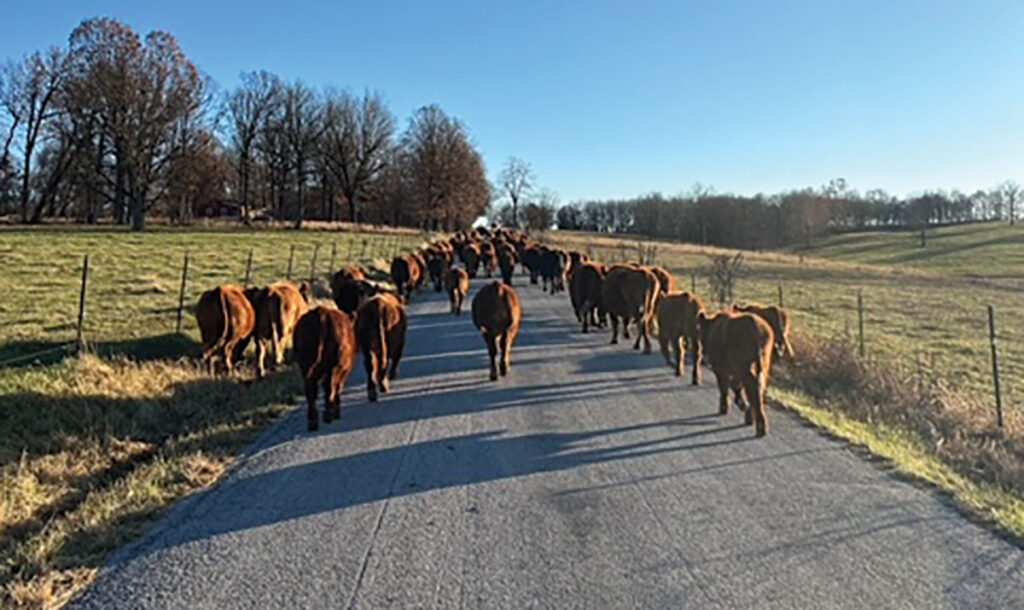
“We looked around and said we needed to lighten the load and cross fence,” he said. “We were feeding a lot more hay in 2020 than we do now. This past winter, we didn’t even start feeding until the first week of February.
“Our number one cost is always the feed bill, so anytime you can cut that down and make the cow work instead of hauling feed to her, you are dollars ahead.”
To help those cows out, the Broken S has invested in forages.
“We started adding some fall and winter forages, like cowpeas and turnips. We also started using rye in some of the pastures. We’ve tried wheat and Triticale, but we think the rye grows faster in colder weather in the spring to give it that good spring flush right when we are calving. Having that green grass is a huge benefit because we don’t deal with scours or sick calves,” Chad said. “We have a fair amount of clover, but every February, I start adding clover seed to the mineral, and the cows carry it out and spread it for us. When you decide you are going to quit working against God and work with him, life gets a lot easier, and that’s not just in the cow business.”
The Broken S is on an ADM mineral program with salt and loose mineral. At weaning, calves go onto a 13 percent grower pellet.
“We don’t put them on anything hot because they don’t grow super-fast,” Chad said. “As our genetics have gotten better, we are seeing our sale weights increase by 60 or 70 pounds without feeding much more. When we develop bulls and replacement heifers, as long as the grass is good, I don’t supplement. When the fescue goes dormant and they need protein, I supplement with 5 or 6 pounds per head, per day.”
Feeder cattle are backgrounded to about 700 to 750 pounds, and some heifers are offered as replacements.
“We have sold several replacements that are on the black end,” Chad explained. “We are retaining almost all of the reds.”
Broken S Land and Cattle is offering a group of red SimAngus heifers in the Show-Me Select Heifer Sale in May. They have participated in the sale for three years, but this will be the first lot of red genetics offered.
“We can market our upper-end, quality heifers we just don’t have the room for,” Chad said. “It allows us to get a premium for them. At the same time, for guys who want to start a herd, if you can buy someone’s top-end heifers to start your herd with, you are so far ahead of the game.”
Adding to their markets, the Broken S offers its own brand of beef, selling wholes, halves and bundles. By selecting well-rounded genetics, Chad said they can produce a quality carcass and quality seedstock.
As they continue to grow and improve, the partners are looking at the future.
“I am beyond excited about what the future holds for Broken S,” Chad said. “Jody Sparks started this by backgrounding a handful of calves on rented pasture, and the goal is to be able to provide seedstock for commercial guys in the Ozarks and beef to families in the Ozarks. That’s where we’re heading, and we still have work to do, but we will get there.”

